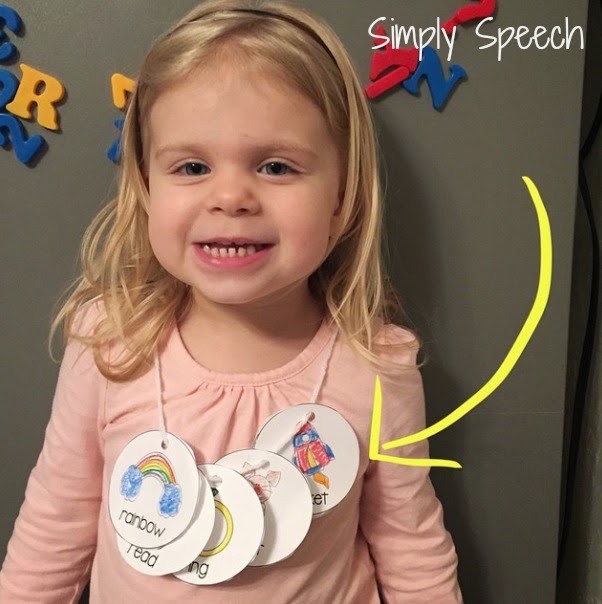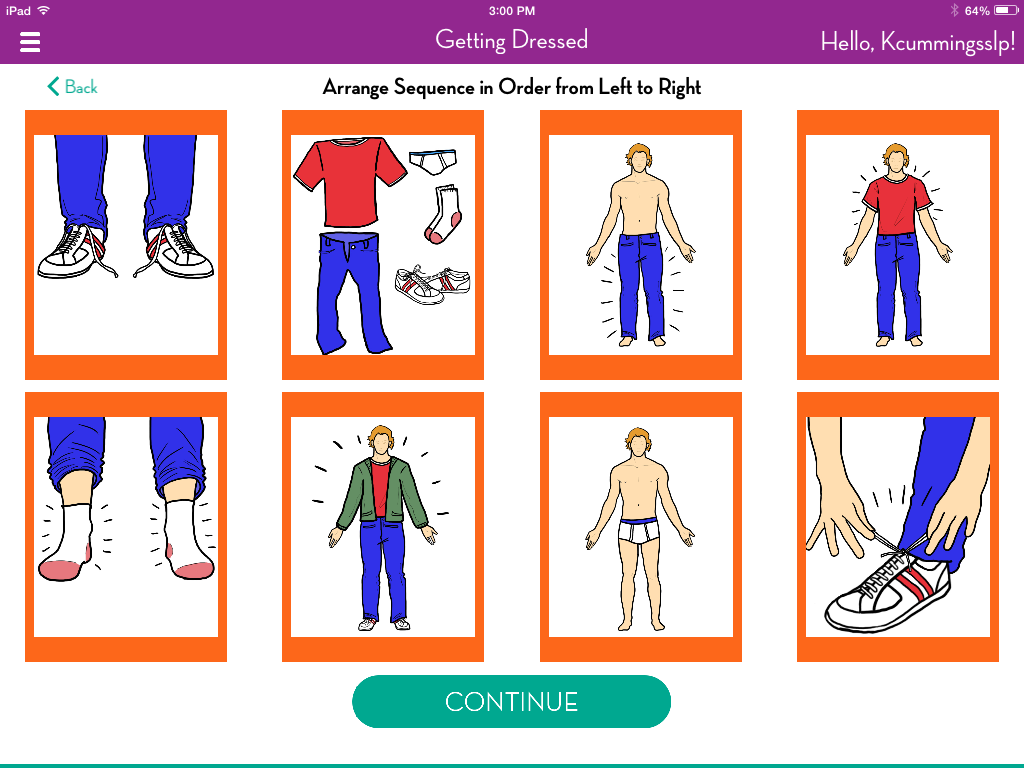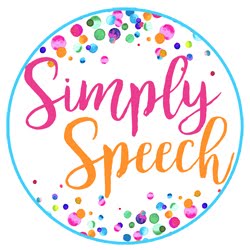I love how social media allows us to meet, communicate, and connect with so many other talented professionals in our field. Over the past few years, I have made so many friends and learned so much through networking and communicating with fellows SLPs online. A few weeks ago, Kimberly Scanlon and I connected on Facebook. If you haven't heard, Kimberly is the author of the book,
Kimberly was kind enough to send me a copy of her book and I cannot wait to share my thoughts on this book with you all.
Kimberly did provide me a copy of this book, however, all opinions expressed in this review are mine. This post also contains Amazon Affiliate links for your convenience.
When I first received this book I was thrilled that it was not huge. I love to read, however, with a child of my own and a second on the way, my leisure reading time is so limited these days. I know that this is also the case for many of the parents and families that we, as therapists, work with. Most of the families I see have multiple children and many with special needs. So easy, straight to the point material is what is often preferred and that is exactly what this book is.
This book starts off with an introduction and an explanation of how to use this book. I loved the part where Kimberly explains how to incorporate play time into the child's daily routine and that 30-45 minutes of uninterrupted play is ideal. I think that many parents often get overwhelmed and are not always sure how to balance playing with their children, answering work emails, and cooking dinner. They feel like they should be spending hours playing with their children daily when in today's world, with working parents and busy schedules, that's not always possible.
Next, Kimberly explains language modeling techniques and elicitation strategies. This chapter is perfect for those parents that desperately want to play and learn with their child, but don't really know where to start. She gives examples of self-talk, parallel-talk, sentence completion tasks, how many questions are too many, and how to give choices. Also included in this book are troubleshooting techniques, tips, and things to avoid when playing with your child.
Next comes my favorite part: Activities! Kimberly lists 19 toy activities and 6 arts and craft activity ideas to do with your child. These activities incorporate toys and/or items most people probably already have around their house such as, puzzles, PlayDoh, dolls, chalk, Mr. Potato Head, puppets, and stickers. For each activity, Kimberly explains the materials you need, how the play routine should begin, what should happen in the middle, and how to wrap it up. She also includes language techniques and tips to keep in mind while using the activity. These activities are amazing for parents, but as a therapist, I enjoyed learning some fun, fresh ideas for my littlest students in this chapter, too!
In the back of the book, Kimberly includes some charts to help parents track their child's growth, some songs to include in play routines, language development information, tips, and a section to take your own notes. Guess what?! There is also a free Word Tracker app that goes along with this book! You can download that in the iTunes store here!
This book is a dream come true for parents of small children that may need a little extra help with their communication. As therapists, these are often things we know and take for granted. We don't always have the opportunity to stop and explain to our students' parents what we are doing, why we are doing it, and what we will do next. This book however does. I know so many parents that would love to have this book as a guide for helping their toddler communicate!
You can purchase this book on Amazon by clicking on the link below:
But guess what!? Kimberly was so generous that she offered to send another copy of this book to one of you! Enter the giveaway below, I will announce a winner on Friday!
a Rafflecopter giveaway
a Rafflecopter giveaway















































